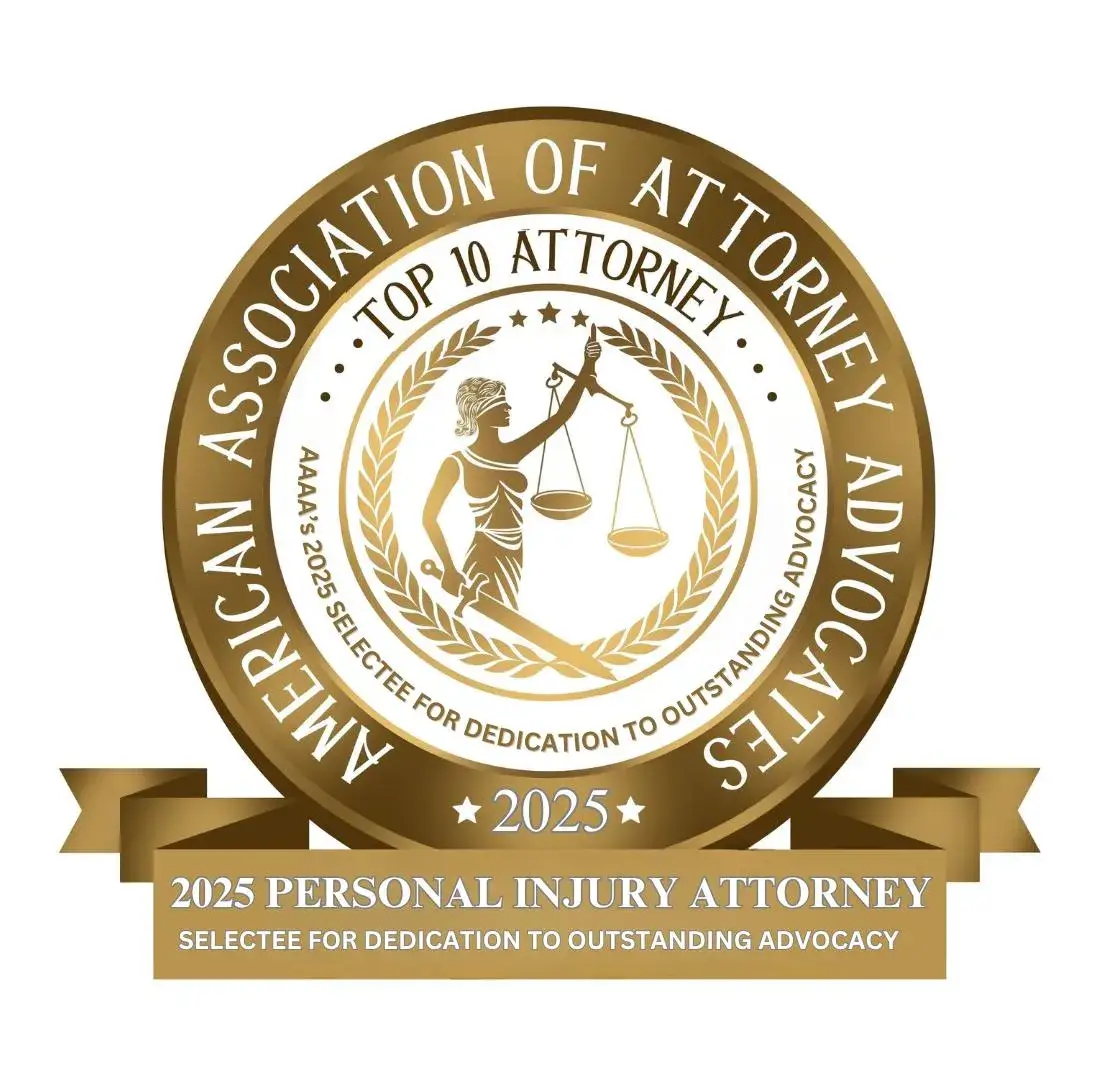Safe Winter Roads
 Have you ever ventured out in a storm during the winter season? Was your drive plagued with intense snowstorms, layers of ice and sleet, and other harsh conditions? If you have experienced driving in winter weather, you know the dangers are out there and very real. Because of this, you will want to consider some driving tips to help you the next time you decide to venture out in dissatisfying weather.
Have you ever ventured out in a storm during the winter season? Was your drive plagued with intense snowstorms, layers of ice and sleet, and other harsh conditions? If you have experienced driving in winter weather, you know the dangers are out there and very real. Because of this, you will want to consider some driving tips to help you the next time you decide to venture out in dissatisfying weather.
You might already know that over 70% of the nation’s roads are located in snowy regions. These regions receive more than five inches of average snowfall annually. Nearly 70% of the U.S. population lives in these regions, which means at some point, people are ultimately going to have to venture out in some nasty storms. In these storms, snow and ice will reduce pavement friction and vehicle maneuverability, which can cause slower speeds and increase crash risks.
You should also be aware that, each year, 24% of weather-related vehicle crashes occur on snowy, slushy, or icy pavement and 15% happen during snowfall or sleet. An outstanding 116,800 people are injured in vehicle crashes in this iced pavement crashes and nearly 1,300 fatalities occur every year as well. How do we prevent these injuries and fatalities from year to year, then?
Winter Driving Tips to Remember
- Always drive when you are fully alert when winter weather is at its worst. Avoid driving while fatigued and make sure to get proper rest to reduce driving risks.
- Never warm up a vehicle in an enclosed area, like a garage.
- Always make sure your tires are properly inflated before you head out.
- Keep your gas tank at least half-full to avoid gas line freeze-up.
- If possible, try to avoid using your parking brake when the weather is cold and rainy.
- Don’t use cruise control when driving on any slippery surface such as wet, ice, and sand.
- Steer where you want to go.
- Use your seatbelt every time you are driving, and especially in bad weather.
- When driving in the snow, accelerate and decelerate slowly and apply the gas slowly. This will help you regain traction and avoid skids.
- Learn the ways of your brakes – because, whether you have antilock brakes or not, the best way to stop is threshold breaking. This involves keeping the heel of your foot on the floor and using the ball of your foot to apply firm, steady pressure on the brake pedal.
What To Do Before You Go
- Alert somebody of your travel plans. This should include where you are going, planned route, and when you expect to arrive there. When you arrive to your destination, call the person to let them know.
- Call 511 before you leave to check New Jersey road conditions in their most current state.
- Sign up for NJ Alert at http://www.njalert.gov, which is a free and voluntary emergency alerting system that allows NJOEM officials to send e-mail or text messages to your cell phone during an emergency. It is completely confidential.
There are many risks for driving in winter weather due to snowy and icy conditions on the roadways. If you have become injured in an accident involving harsh winter weather, you should call an attorney who will work with you to get you the compensation you deserve. Call MDL today for a free consultation.


















